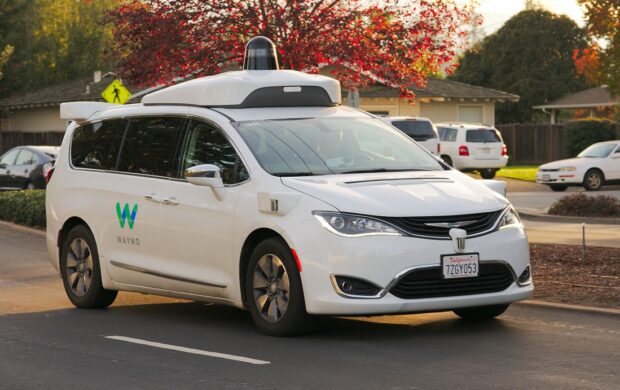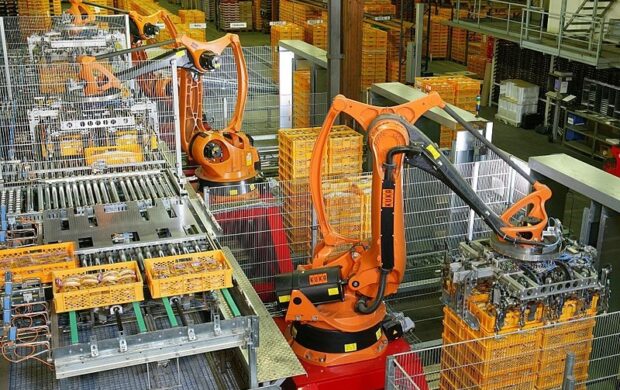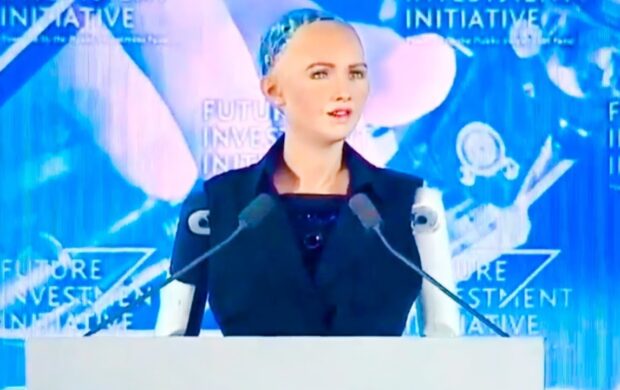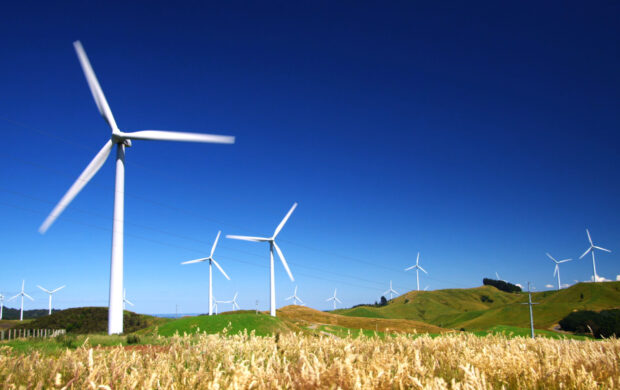Researchers from Stanford University created a ‘flash organisation’ to work alongside designer Daniel Steinbock to produce his new card game called True Story.
Steinbock had initially planned to hire freelance designers and writers to create his game but the researchers offered to build a flash organisation for him as a way of seeing if this method works.
The program worked by team leaders creating a blueprint organisation outlining the different roles and hierarchies within and then software automatically filled these positions with qualified workers from the platform Upwork. After the positions were filled the workers were onboarded and explained their roles by the software.







